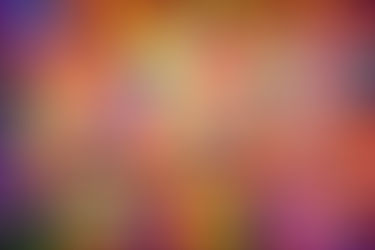Fused Glass vs. Stained Glass
- blazingstararts
- Nov 16, 2023
- 1 min read
Updated: Dec 17, 2023
We are often asked, "What's the difference between fused and stained glass?". Here goes!

What is Fused Glass?
The basic idea behind fused glass is that art objects can be created by melting glass in a kiln. As fusers, we use literally hundreds of techniques to create designs for art pieces, practical artwares, and home and garden decor.
Unlike stained glass, fused glass has no "lead lines." Dimensional (non-flat) pieces can be created by using multiple firings.
Special glass is used for fusing. It is essential that the glass used is compatible and expands and contracts in the same ratio. Each piece is fired between 12 and 48 hours in a kiln at temperatures reaching 1500 degrees-plus, often multiple times. They are then "cold-worked" to create a professional finish.

What is Stained Glass?
Traditional stained-glass techniques have been around for centuries. Artists and artisans have used stained glass primarily to create windows for churches, public buildings, and vintage houses. The primary difference between stained glass and fused glass is that with stained glass works, individual glass pieces are held together with the help of a strong frame and lead. Some stained glass artists used fused glass designs in their work.
Both fused glass and stained glass can be used to create one-of-a-kind works of functional art like windows, light fixtures, fine art, and more.
Let us know if you have any questions.






Comments